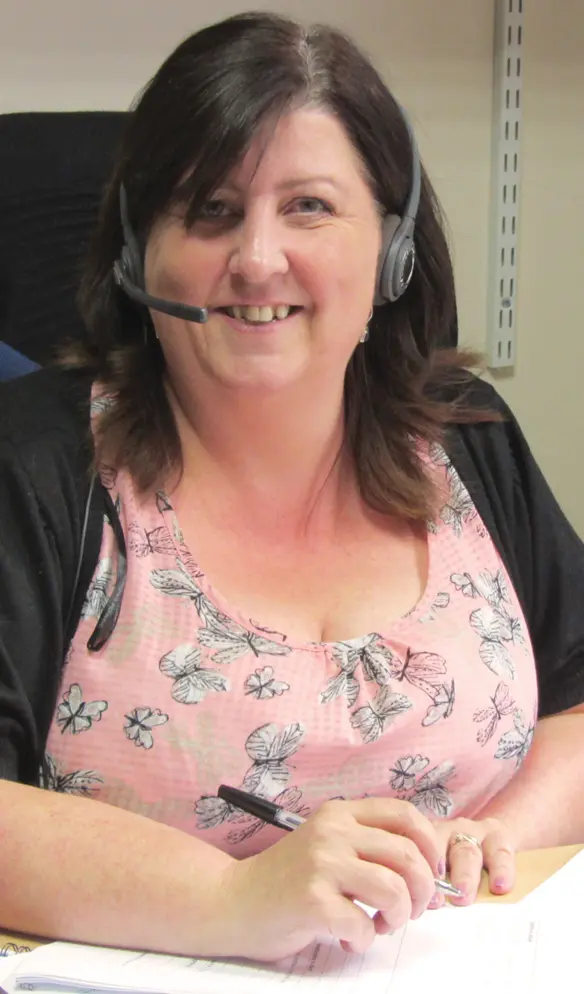Our office is open 8.30am – 5.30pm Monday – Friday and 9.30am – 1pm Saturday.
The out of hours service will be available outside of these hours.
Our Live Chat is now open from 10am to 4pm Monday – Friday.
If you are concerned about your safety and need help and support, please contact us and we can help

Next Link domestic abuse telephone help lines are open 8.30am – 5.30pm Monday to Friday and 9.30am – 1pm Saturday
0800 4700 280
Help is also available 24 hours a day, 7 days a week on the National Domestic Violence Helpline – Freephone 0808 2000 247

“For the first time in years I feel safe”
“The kids are laughing again”
“They helped me to take him to court”
“I have made friends for the first time in years”
Last week I moved into my new home
What to do in a crisis
If you need to leave in an emergency
Call us on: 0800 4700 280
At night there will be an answer phone but don’t worry, help is still available.
Contact the Police and they will help you get to a safe place and contact us in the morning.
If you need medical attention go to a Hospital Casualty Department.
If possible take with you your own front door key, any benefit books or proof of identity.
Do you want to stay in your own home?
We can help you stay in your home and keep the perpetrator away. We will also help make your home safe. Below are some examples of the support we offer.
• Someone to talk things over with regularly
• Form a safety plan
• Help you go to court to get legal protection
• Work with the police to keep you safe


